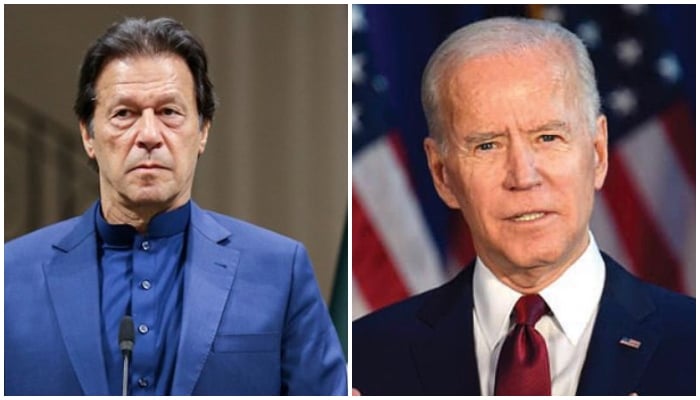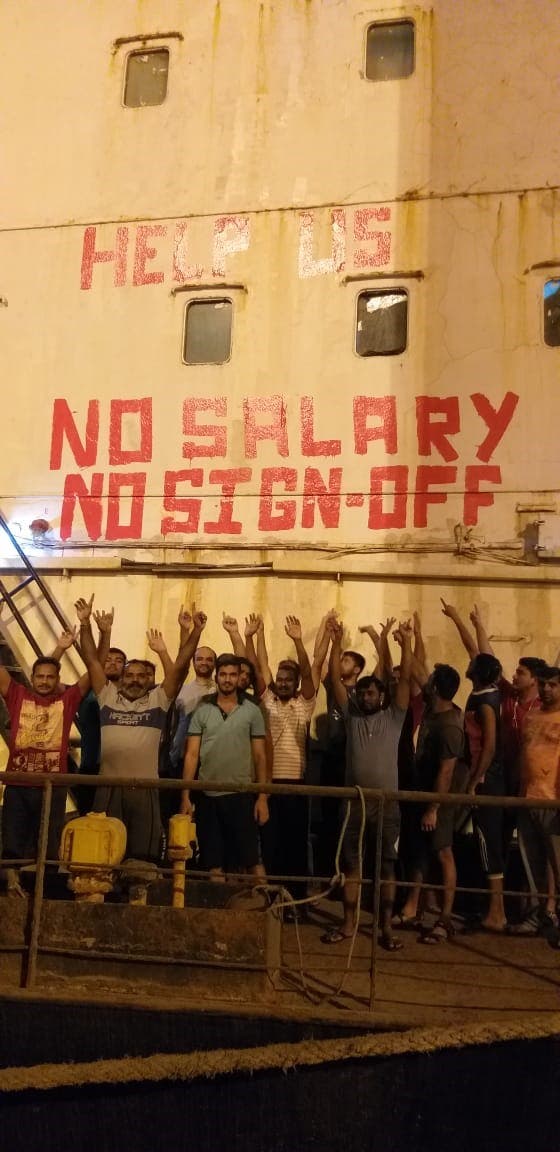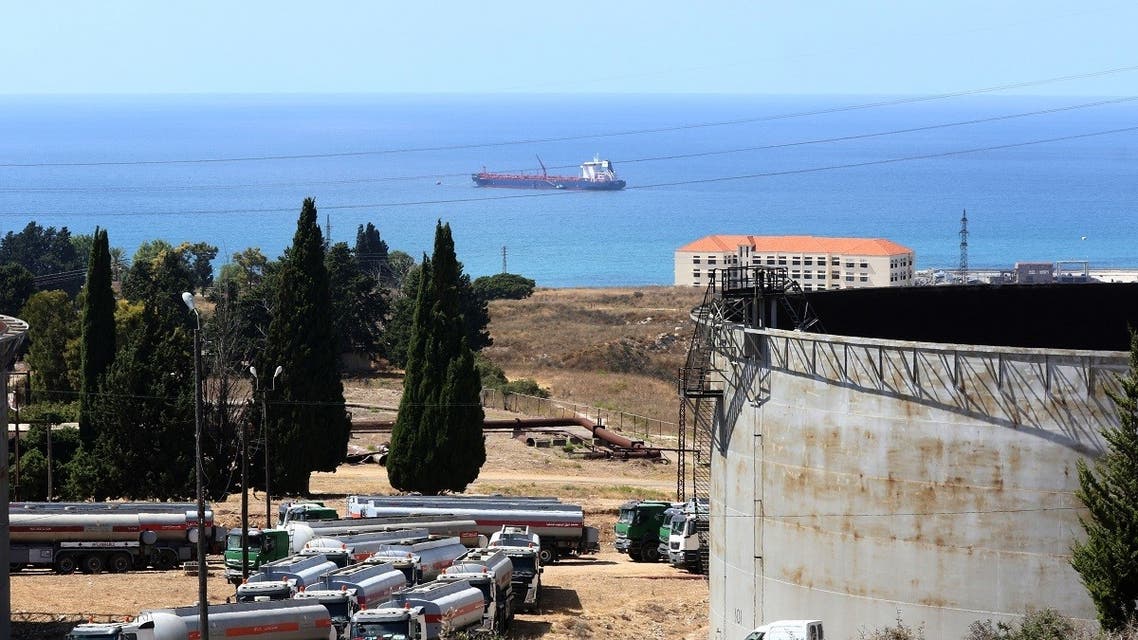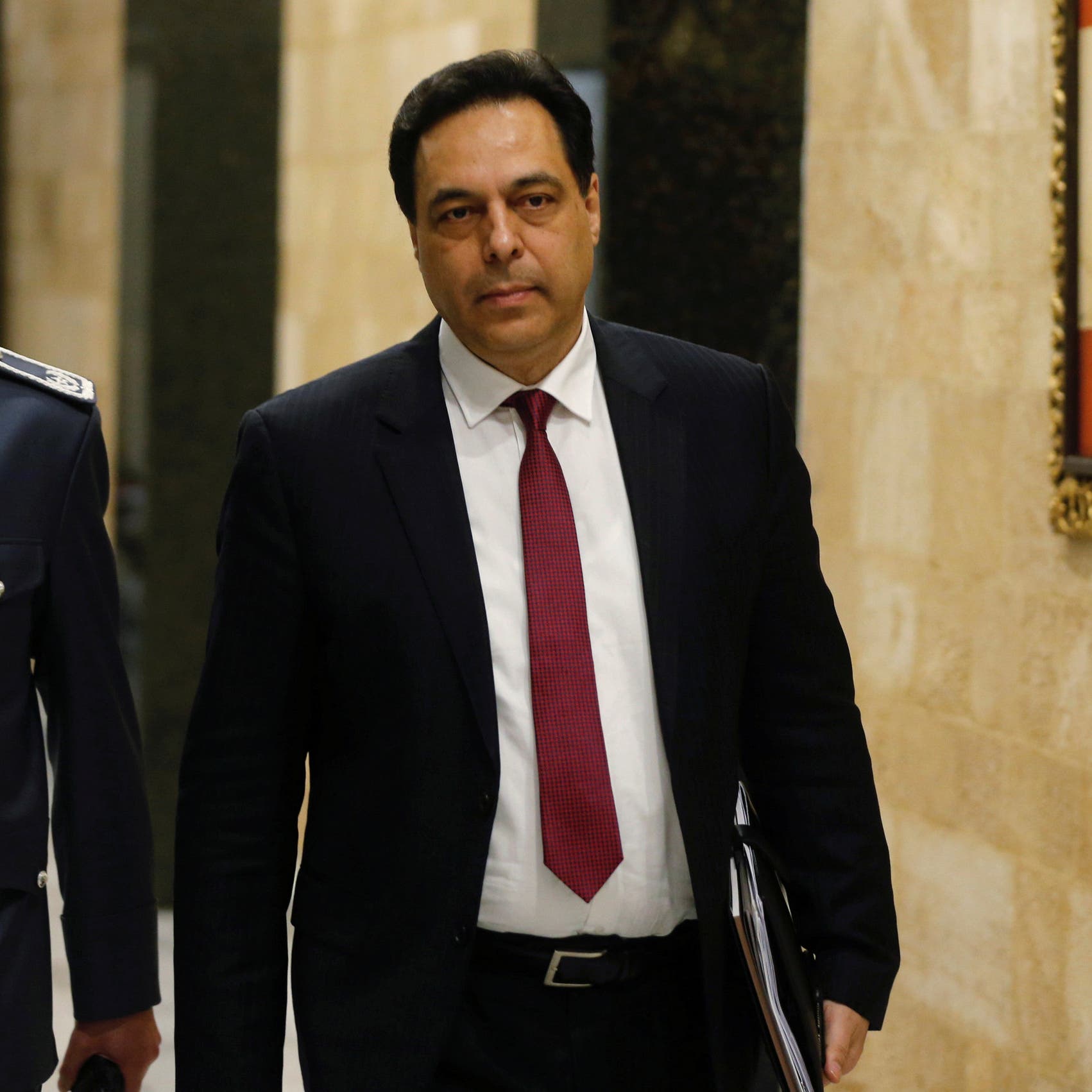The battle to control America’s ‘most destructive’ species: feral pigs
Stephen Robert Miller
A layer of frost clings to the grass on the morning Tony DeNicola sets out to check his trap. It’s late January in South Carolina. The sun is rising, the fog is lifting, and the frogs are croaking from somewhere in the dark loblolly pines. In a whisper, DeNicola explains what will happen.

© Photograph by GEORGE SHIRAS, Nat Geo Image Collection 07/01/1913 St. Vincent Island, Florida, USA. Two wild boars trigger a camera to flash by pulling a baited string.
“I wait for them to tire themselves out and then start tipping them over,” he says, shifting a loaded rifle from his shoulder and cautiously approaching a clearing in the forest beside a small cattle ranch.
DeNicola is a Yale-educated ecologist with the build of a wrestler, the jawline of a G.I. Joe, and a talent for making destructive species disappear. Most of the time, he runs a small nonprofit that does the dirty work of curtailing overabundant wildlife in national parks and quiet East Coast neighborhoods. But he came south from Connecticut to tackle America’s most destructive and seemingly unsolvable wildlife problem: the invasive feral hog.

© Photograph by Sully Sullivan tktk
Over centuries, this adaptable, omnivorous creature has rooted its way from Florida to Kansas, inundated Texas and California, and recently has been banging for entry at the northern border of Montana. Today, there are between six and nine million hogs running wild across at least 42 states and three territories. The exact number is difficult to pin down, and the estimated cost of the damage they cause—probably about $2.5 billion annually, according to the U.S. Department of Agriculture—is likely an underestimate.
© photograph by Sully Sullivan Removing carcasses after a large capture to be donated to local families ( Mike Waters and Jamie Owens)
In their relentless march across the country, pigs plow through crops, tear up roads and infrastructure, spread disease, and elbow native species out of fragile marshes, riversides, grasslands, and forests. Many researchers consider them the most destructive invasive species on the planet. Stacked against other invasive species, DeNicola says, “Hogs are like a neutron bomb compared to a conventional bomb.”
Landowners, sport hunters, and wildlife managers have deployed all manner of technology and weaponry to keep feral hogs from wreaking havoc. Despite grenade launchers and airborne assault rifles, remote-controlled snares, and illegal poisons, the pig has persisted.

© photograph by Sully Sullivan Joe Walker from Columbia, SC. and Tony DeNicola assess feral pig damage to a corn field after the harvest was abandoned due to extensive losses. Joe is a landowner and leases his neighbor’s property (where the photo was taken) for hunting access. Hunting leases are very common down south, and serve as a second source of income for many farmers. Joe owns 300+ acres and he leases the neighbor’s 4,000+ acres that surround him. Both properties run along the Congaree River and the Congaree National Park border. The Park is a huge reservoir of feral pigs that greatly impact the neighboring farms.
To DeNicola, their success is proof that the old ways of managing wildlife are out of step with the modern world. A professional who kills with icy efficiency in the name of conservation, he’s caught between animal rights activists who abhor the killing of any animal and recreational hunters who don’t want to lose a favorite quarry.
His trap is a novel design that’s so simple he can't believe it took 20 years for him to invent. “This trap is going to blow everything else away,” he says. “It would cost billions to hire people to manage hogs, but this model will help people manage it themselves.”
As he comes within earshot of the muddy clearing this chilly morning, there are no panicked squeals or agitated grunts. The bait corn is mostly gone, and there are hundreds of hoof prints frozen in the mud, but they belong only to deer.
He’s frustrated, but not flustered. He has spent more time studying hogs—their feeding, mating, social behavior, and the way different-size bullets pass through them—than he’d like to admit. He knows they’ll come.
Pigs in America
No pig or any other member of the swine family, Suidae—which includes warthogs, Russian boar, and domestic pigs—is native to the Western Hemisphere. Those found here today trace their lineage back to a wild boar that likely evolved in Southeast Asia and was imported to the Americas over centuries.
Their arrival on the North American continent involved a who’s who of early colonization. Christopher Columbus stocked the West Indies with domestic pigs to feed his Grand Fleet in 1493. They reproduced so quickly that the Spanish crown ordered their population reduced just 12 years later. In 1539, Hernando de Soto brought more than 300 swine along on his murderous 3,000-mile march around North America. Along the way, his pigs escaped into the countryside and were traded to Native people. Later, colonists raised their hogs free-range, letting them loose on the land to fend for themselves.
In the mid-19th century, millionaire hunting aficionados imported purebred Eurasian wild boar to hunting reserves in New Hampshire, North Carolina, California, and Texas. These large and aggressive pigs were favored, like largemouth bass, for the fight they put up. By the 1980s, many state game departments were stocking hogs to create a public hunting resource. As domestic pigs escaped captivity and interbred with wild animals over the centuries, America’s feral swine developed into the motley bunch we know today.
A COGNITIVE SELF AWARE SPECIES
They have few natural predators and move in familial groups called sounders that range in size from a handful to a few dozen members. Like domestic pigs, they learn quickly, maintain complex social relationships, can choose to resolve conflicts without violence, and seem to understand what they see in a mirror.
(Related: This species of wild pig knows how to use tools.)
Generally stout and barrel-chested, most weigh less than 300 pounds and are covered in coarse hair. Both males and females grow tusks, which can reach over 19 inches and can loop around to puncture the jaw—if they’re not worn down by rooting.
Rooting is also their most destructive behavior: Pigs drive their snouts and tusks into the ground and, like stubby-legged bulldozers, plow through crops, soil, forest floor, and golf green. They do it in search of grubs or acorns to eat, to cool off on summer days, to communicate, and, as far as scientists can tell, for the sheer joy of it. In the wake of a sounder, a newly planted field can resemble no man’s land on the Eastern Front, gutted in a network of trenches and craters several feet deep.
Damage and destruction
The afternoon after finding his trap empty, DeNicola drives south to the sloping coastal plain of the Low Country to share a prototype with Corrin Bowers, the 37-year-old mayor of Estill, population 3,282. Bowers’ family arrived in what are now the Carolinas about a century after the pigs, and, like his father, he grows peanuts, corn, and cotton on 2,500 acres. He estimates that wild hogs cost him around $10,000 in damages each year.
More than a million acres of South Carolina are tilled for field crops, and while farmers here have long battled drought, flood, and deer, they now find they’re fattening hordes of pigs as well. To slow the animal’s advance, DeNicola aims to put as many of his traps as possible into their hands.
“We don’t get to plant this anymore because hogs will completely devastate this ground,” Bowers says, pointing to a barren field. At one time this 25-acre plot was thick with peanuts, but sitting less than 10 miles from the Savannah River, it’s vulnerable. When the river floods, hogs escape uphill into crops, and when it dries to a trickle, they come to wallow in the puddles left by irrigation.
Ruts caused by their rooting can sink a tractor and destroy expensive equipment, including the long sprayers that irrigate wide fields. “Your sprayer will be riding along, and next thing you know you can’t see it because it’s hit a hole,” Bowers says. New equipment can cost $350,000, and repeated repairs account for most of his annual pig-related expenses.
Wild hogs stick close to river valleys, but South Carolina farmers noticed an uptick in activity on their fields following a government program that boosted peanut production. In response, many have switched to other crops, but the pigs keep coming. “On peanuts they’re terrible. On corn they’re terrible. They won’t nip the tips off of cotton like deer do,” Bowers says, but they’ll plow over rows of four-foot cotton plants in search of the salt in fertilizer.
“We haven’t been able to find a crop that feral swine won’t eat,” says Stephanie Shwiff, a research economist with National Wildlife Research Center.
For many growers who are kept up at night by the grunts of a sounder descending on their property, the physical damage accounts for only part of their exhaustion. “We control everything we can and thank the Lord when we get rain on our dry land,” Bowers says, “but you can only do so much before you’re just deep down to where you can’t even go anymore.”
In South Carolina alone, feral swine inflict some $115 million in damages on agricultural industries, according to a recent Clemson University study. Aside from destroying fields, they can introduce harmful bacteria to water supplies through their feces, chew through the roots of timber seedlings, and have been known to hunt lambs and calves.
What worries Shwiff most, though, is their potential to transmit diseases like African swine fever and rabies to farm animals. If that happens, she says, “the implications for our economy immediately go into the billions of dollars.”
As a conservation ecologist, DeNicola is most concerned with how unsparingly feral swine ravage native wildlife. They prey on fawns and endangered salamanders. They raid the clutches of ground-nesting birds and threatened sea turtles. They outcompete deer and wild turkey for resources and often beat coyotes to the scene of a kill. Wild hogs are linked to the decline of 22 species of plants and four species of amphibians, and research shows that a habitat where they’re present is more than a quarter less biologically diverse than one where they’re not.
This unparalleled toll has earned invasive hogs the moniker “ecological zombies.”
“Porkchoppering,” tracking dogs, and the Pig Brig
In turn, Americans kill pigs at an astonishingly vicious pace. After white-tailed deer, feral pigs are the most popular big game animal in North America, though existing patchy data hardly bear out the true extent. In 2019, South Carolina hunters reported killing 31,508 hogs while pursuing deer. There is no record of the scads of others that were hunted and trapped deliberately.
In many states, wildlife agencies have declared open season: There are no designated hunting periods, no limits to the number of pigs a hunter can shoot, and few restrictions on the means used to kill them.
Wildlife managers depend on recreational hunters to help keep animal populations in balance, and state agencies are funded primarily by hunting taxes and fees. Hunters spend millions on weapons, ammunition, clothing, optics, and permits, as well as travel and hospitality. They set traps and poison bait (illegally), and fire everything from pistols to grenade launchers.
It’s not surprising that pigs have responded by becoming largely nocturnal, and so hunters now also invest in night vision optics and thermal-scoped rifles. In Texas, which harbors some 2.6 million wild hogs—more than any other state—shooting from helicopters has become a popular activity called “porkchoppering.” Hunters pay more than $1,000 for an hour of aerial gunning, then shell out another $100 for a video of the experience.
At his torn-up peanut farm, Bowers walks past the gutted carcasses of two dead hogs, shot last night and left for scavengers. “Almost every farmer has somebody who’s trying to shoot” their pigs, he says. “I have three crews of guys that run dogs. They come once a week, at least.” Using trained dogs to corner wild hogs is one of the most effective ways to ensure a clean—and therefore more humane—shot, but hogs are smart, and hunters who repeat tactics see diminishing returns.
“We were cleaning up out there, taking over a thousand pigs a year off the site using dogs,” recounts research scientist Jack Mayer, who has spent the better part of 30 years looking for a solution to the hog problem at the Savannah River National Laboratory in South Carolina. “I thought this was the answer.” But over time the hogs stopped turning to face the dogs and took to outrunning them instead. “I wonder if we haven’t just created a population of runners that we can’t kill,” he says.
Mayer doubts invasive hogs will ever be wiped from the Southeast; they’re too smart, and hunters simply can’t kill enough of them. To eradicate hogs, their population must drop 60 to 80 percent each year. In a busy year, recreational hunters kill only about 24 percent. Meanwhile, healthy sows can birth three litters of 10 piglets every year.
Images of the violence hunters inflict while trying to keep pace—panicked pigs fleeing airborne gunners, lifeless sounders heaped haphazardly in traps—invariably draw concerns about animal welfare, but not to the extent DeNicola has experienced when managing other more charismatic and less destructive species, like deer.
Dave Pauli, wildlife conflict resolution program manager for the Humane Society of the United States, says lethal control will always be part of the solution, but he notes that “there are very few modern-day examples of ‘killing your way to controlling a wildlife species.’”
Success will require a task-force approach of nonlethal means used in concert with trapping and shooting carried out by trained experts, he says. Over time, state agencies and private landowners “need a cultural shift from ineffective pig hunting revenue to pig control income streams” that view the killing as long-term management, not sport.
Across the country, landowners and wildlife managers have experimented with everything from noisemakers to sturdier fences and sterilization. They tend to be no easier and certainly no cheaper than firearms. Several poisons are in development, and one has been approved by the Environmental Protection Agency. These can kill a pig in anywhere from a few hours to 15 days. So far, though, no state has approved them out of concern that toxins will linger in the ecosystem, harming scavengers and hunters who may unknowingly feed a poisoned pig to their families.
(Another way to tackle invasive species? Make them into high-end dining.)
With a trap 20 feet in diameter, landowners can round up all the animals in an area so they can be easily and humanely shot. As long as they snare the entire sounder, traps are the most effective option, Mayer says. Hogs left outside become smart to the tactic and unlikely to enter another metal cage. That’s where DeNicola’s design is unique.
The Pig Brig, as he calls it, is a circular corral like most pig traps, but it’s made out of netting instead of heavy metal panels. Rather than relying on an expensive remote-operated trap door that requires a cellular signal, his trap takes advantage of a pig’s natural tendency to root. The animals push under the net, which is draped in an unbroken circle from a ring of rebar posts, then find themselves in a lobster trap. The hem of the net drapes a few feet toward the corral’s center and becomes an impenetrable barrier once boars stand upon it. Importantly—for both the scale of the problem and DeNicola’s intent to put these traps in the hands of multitudes—the Pig Brig is lightweight, simple to set up, and relatively cheap (a basic model costs $1,500).
As DeNicola finishes setting a prototype on Bowers’ land, the farmer, who is no stranger to pig traps, looks it over. “This is pretty ingenious,” he says, and it may be. Still, DeNicola’s trap shares one weakness with every other design on the crowded hog-management market: It requires that someone actually wants to eradicate invasive pigs.
“People hate hogs,” he explains, “but they love their guns and they love having something to shoot.”
A region at odds
The Low Country is sopping, steaming, and teeming with huntable life. Not only white-tailed deer, black bear, and coyote, but also alien armadillo and alligators. Locals are proud of their rebounding wild turkey, but most everyone agrees that, more than any other target, hogs are a hoot to shoot. The chance of bagging the next Hogzilla draws eager sportsmen to hundreds of hunting plantations across the South and funds a simmering culture war between plantation owners and neighboring farmers.
“If you’re a farmer and losing crop, you want to get rid of them. Plantation owners making money off them don’t,” Mayer explains flatly. Farmers with hog problems often point to nearby game resorts as the root of their trouble. Pigs are notorious escape artists, and broken fences are common on 10,000-acre properties. Adding insult to injury, wealthy landowners looking to start or add to a hunting resort can often outbid farmers for cropland real estate.
Acknowledging that the cultural and economic popularity of killing hogs is driving their growth, eight states have banned wild hog hunting. That will never happen in South Carolina, Mayer says. “In the 1990s the state and USDA questioned landowners in the Low Country about cooperating with getting rid of pigs. They got death threats.”
Today, illegally transporting hogs to establish new hunting opportunities is driving expansion beyond the South. In Colorado, wild hogs began appearing for the first time in small pockets of farm country around 2000. Their limited numbers were Colorado’s “saving grace,” says Travis Black, a wildlife manager with Colorado Parks and Wildlife. Small groups are easier to eliminate than large, dug-in populations, and agents immediately set about tracking many of the disparate sounders to shoddy fencing on nearby plantations while intercepting U-Haul trucks packed with smuggled pigs.
(Feral hogs have also invaded Canada, building ‘pigloos’ as they go.)
The state’s early piecemeal resistance became a larger effort after outbreaks of Porcine Reproductive and Respiratory Syndrome, a highly infectious disease carried by feral swine, hit pig farms in 2005. “That got the attention of the USDA,” Black says.
In 2014, with livestock producers clamoring for help, Congress appropriated $20 million toward the creation of a national feral swine task force. Four years later, it set aside another $75 million in the 2018 Farm Bill to fund pig trapping, monitoring, research, and restoration, and to offer financial assistance to affected farmers in a dozen states. The money has paid for everything from aerial gunning to the development of techniques that detect pig DNA in stream water.
Buoyed by that support, Colorado last February declared itself the first state to eradicate invasive feral hogs. Black says they were fortunate to have had a head start. In South Carolina, where hogs predate statehood by two centuries, wildlife officials say they’ll be happy just to limit the damage.
Like brown trout and Asian ring-necked pheasant, feral swine are foreigners that have rooted into American land and culture, blurring the line between the native and the invasive. Their unmatched destructiveness, however, easily overshadows their finer traits, like their exceptional faculty for survival. “They are truly remarkable creatures,” the economist Shwiff says, noting that few other species can eke out a living in almost every environment and in the face of undaunted hostility.
To DeNicola, the situation is straightforward: People brought them here and now people have to deal with them. He maintains that with discipline and scientific understanding, pigs can be solved. “Human complacency, that’s the ultimate problem,” he says.
At the end
More than a week after DeNicola set his trap and a motion-detecting camera in the muddy clearing, the hogs finally show up. It’s 6:14 in the morning and raining. They scrape at the mud and nibble on the teasing bits of bait spread meagerly around the trap’s edge, but the real prize is at the center: a 50-pound pyramid of golden corn kernels. By 6:50, an entire sounder of 14 pigs is shouldering for a mouthful inside the enclosure, unaware of what’s to come.
DeNicola reaches the clearing just after 9 a.m. By then, the rain has stopped, the sun is rising over the pines, and the hogs are in a frenzy. They throw themselves at the net, biting, gnawing, and tearing with their tusks. Adults clamber over screeching piglets. A 200-pound boar launches itself at the enclosure and springs back onto the others. Some, exhausted, writhe hopelessly in the mud.
DeNicola stands about 10 yards away and waits for them to settle. Then he raises his rifle. Fourteen cracks, and the forest is silent.













